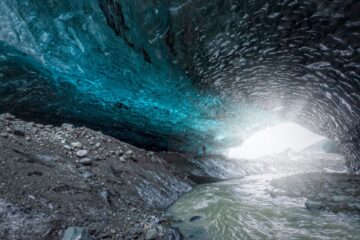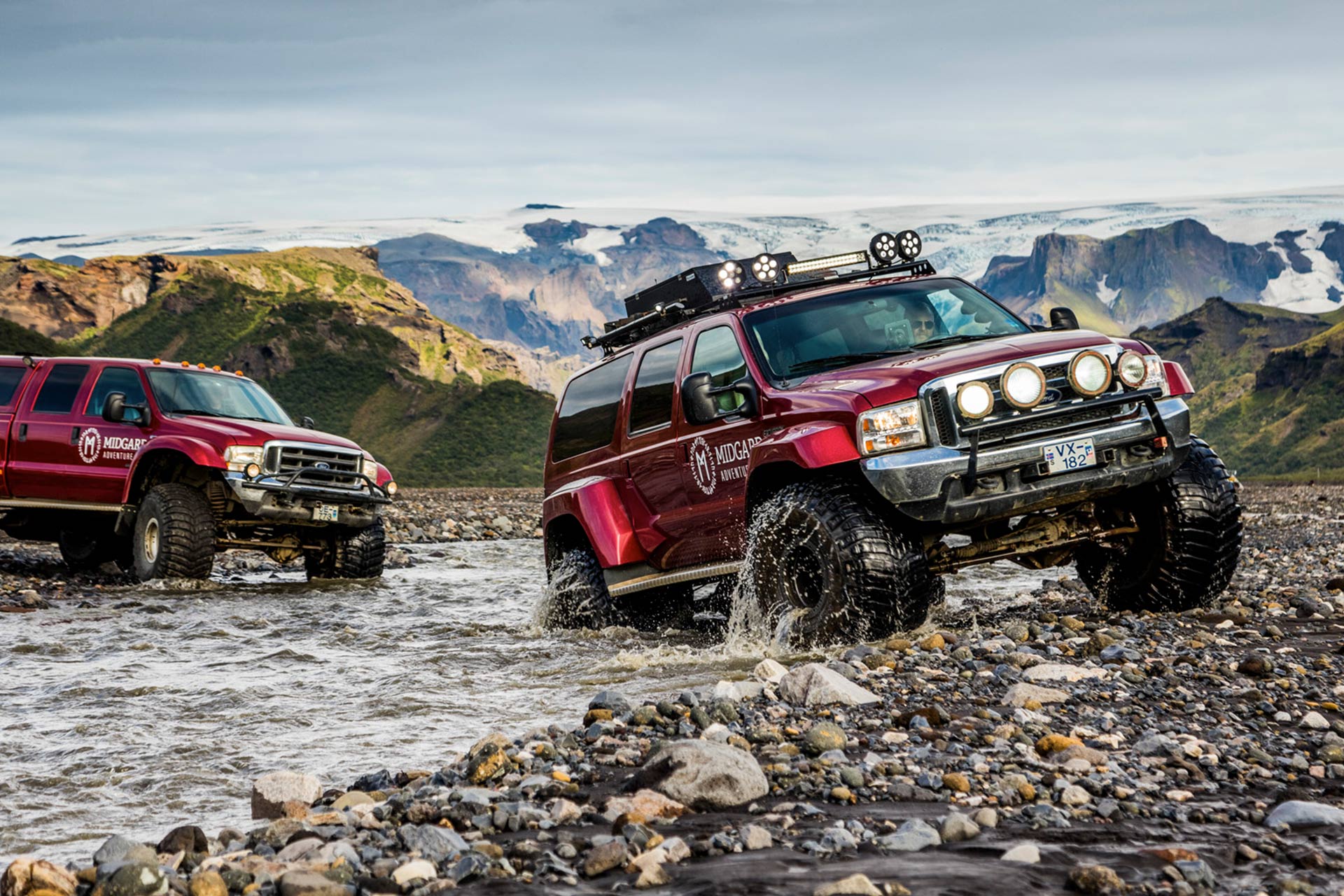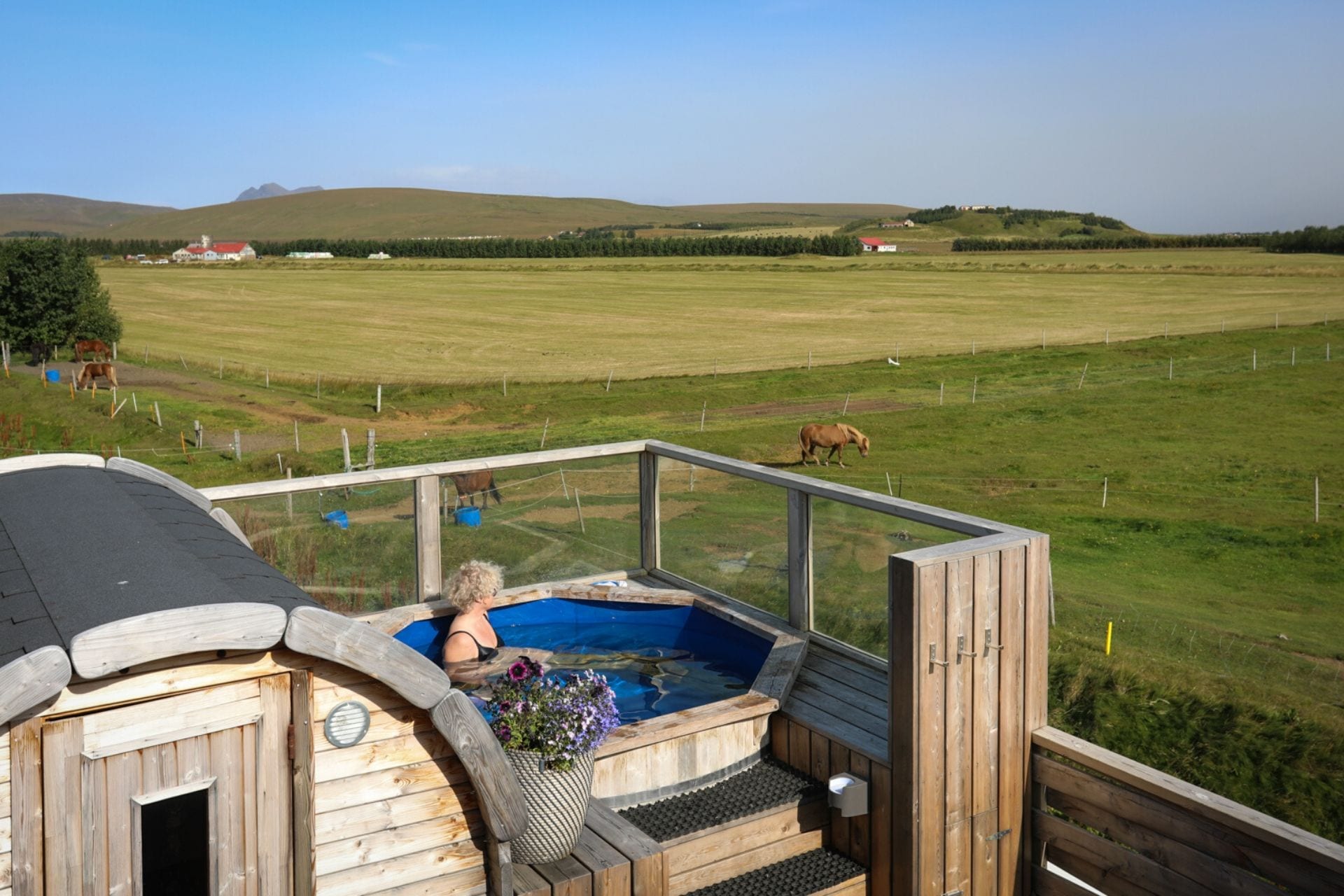1. What is an ice cave?
An ice cave is a natural formation within a glacier where water creates tunnels and caverns through the ice. These caves exhibit stunning blue hues and intricate ice structures.
2. When is the best time to visit ice caves in Iceland?
The best time to visit ice caves in Iceland is during the winter months, from November to March. The colder temperatures make the caves more stable and accessible.
3. What should I wear on an ice cave tour?
It is essential to wear warm, waterproof clothing in layers, including a thermal base layer, insulated jacket, gloves, hat, and sturdy hiking boots with good ankle support.
4. Do I need any special equipment for an ice cave tour?
Tour operators provide necessary safety equipment such as helmets, crampons, and sometimes harnesses if needed. It is recommended to bring a camera and a small backpack.
5. Can I visit an ice cave without a guide?
For safety reasons, it is not advisable to enter ice caves without a professional guide. Guides ensure the caves are safe to enter and provide necessary equipment and information.
6. How do glaciers impact the formation of ice caves?
Glaciers play a crucial role in the formation of ice caves. The immense pressure and movement of the glacier ice contribute to the creation of tunnels and cavities. Additionally, volcanic activity beneath glaciers can influence the formation and characteristics of the ice caves.
7. What makes the ice in ice caves appear blue?
The blue color of ice caves is due to the way ice absorbs and scatters light. As light penetrates the ice, longer wavelengths (reds and yellows) are absorbed, while shorter wavelengths (blues and greens) are scattered and transmitted. This selective absorption and scattering result in the deep blue hues commonly seen in glacier ice caves.
8. Can I take photographs inside the ice caves?
Yes, photography is encouraged inside the ice caves due to their unique and breathtaking beauty. The caves’ blue hues and intricate ice formations provide excellent opportunities for stunning photographs.
9. What are black ice caves, and how do they differ from regular ice caves?
Black ice caves are a unique type of ice cave found in Iceland, characterized by the presence of volcanic ash and other dark materials embedded within the ice. These caves often form in glaciers that are located near or on top of volcanic areas. The ash from past volcanic eruptions settles on the glacier and gets compressed into the ice over time, creating striking black and white patterns. This combination of volcanic ash and ice gives black ice caves their distinctive appearance, contrasting with the typically bright blue and white hues of regular ice caves.
These caves not only offer a visually stunning experience but also provide insights into Iceland’s volcanic activity and geological history.
10. How do seasonal changes affect ice caves in glaciers?
Seasonal changes have a profound impact on ice caves in glaciers. In the summer, increased temperatures cause more surface melting, leading to the formation and expansion of ice cave systems as meltwater carves through the ice. In winter, colder temperatures stabilize the caves, reducing meltwater flow and allowing the ice structures to solidify and become more robust. However, winter storms and snowfall can also alter the cave entrances and internal passages, making the cave systems dynamic and ever-changing throughout the year.
11. What geological features can be observed inside an ice cave?
Inside an ice cave, you can observe a variety of fascinating geological features. These include intricate ice formations such as stalactites and stalagmites made of ice, deep blue ice layers formed under immense pressure, and striations or bands of volcanic ash within the ice. The cave walls and ceilings often display smooth, sculpted surfaces created by the flowing meltwater, and you may also see glacial moraines and other debris embedded in the ice.






























